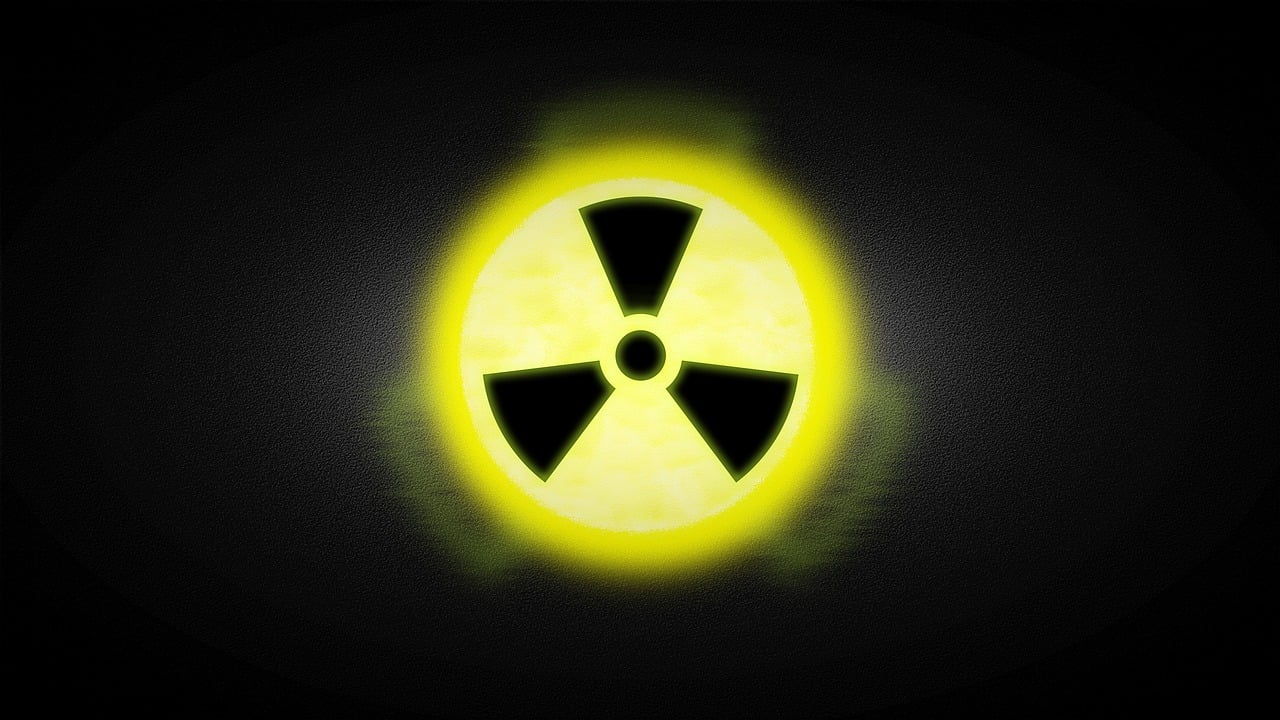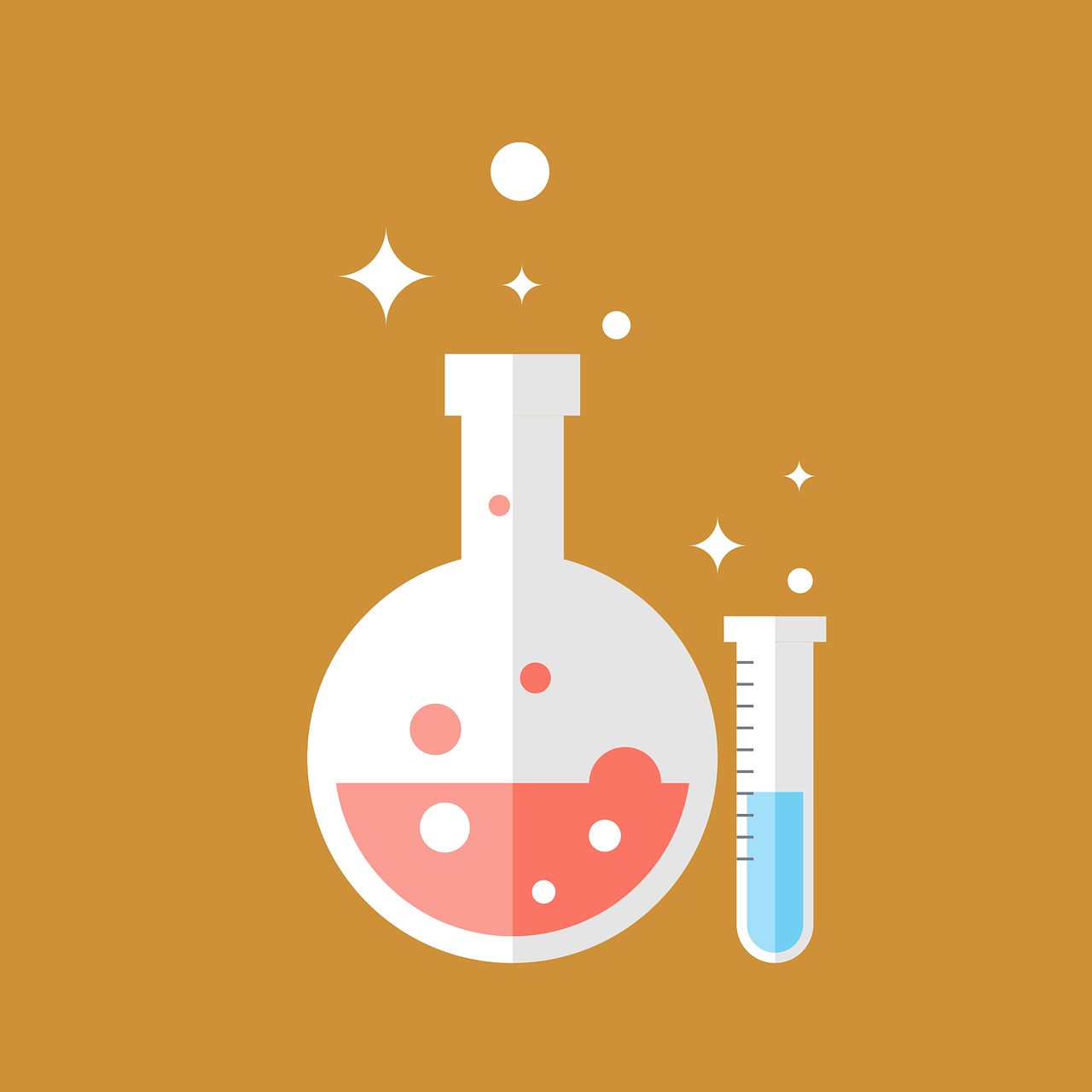Chemical reactions are the driving force behind countless natural and synthetic processes, from the rusting of iron to the combustion of fuel. These reactions involve the breaking and forming of chemical bonds, transforming reactants into products. However, not all reactions proceed at the same rate. Some reactions occur almost instantaneously, while others require a significant amount of time to reach completion. The key to understanding this discrepancy lies in a fundamental concept known as activation energy.
Activation energy can be thought of as a hurdle that reactant molecules must overcome in order to transform into products. It represents the minimum amount of energy required for a chemical reaction to occur. This energy barrier arises from the need to break existing bonds in the reactants and form new bonds in the products.
To comprehend the concept of activation energy more thoroughly, let’s consider a simplified reaction between two molecules, A and B, to form a product molecule, C. Initially, A and B may possess sufficient energy to react, but they need to overcome the activation energy barrier to proceed further. By colliding with one another, these reactant molecules acquire the additional energy necessary to surmount the energy barrier, leading to the formation of product molecules.
The activation energy is often represented by the symbol Ea and is typically measured in units of joules or kilojoules per mole (J/mol or kJ/mol). It is important to note that the value of activation energy is specific to each reaction and can vary widely depending on the nature of the reactants and the reaction conditions.
Moreover, activation energy is closely related to the reaction rate, which is the speed at which reactants are consumed or products are formed. In general, a higher activation energy leads to a slower reaction rate, as more energy is required for a significant number of reactant molecules to overcome the energy barrier. Conversely, a lower activation energy facilitates faster reactions, as a larger fraction of reactant molecules possess sufficient energy to surpass the barrier.
Several factors can influence the activation energy of a reaction. One such factor is temperature. Increasing the temperature provides more thermal energy to the reactant molecules, boosting their kinetic energy and promoting collisions with sufficient force to overcome the activation energy barrier. Consequently, higher temperatures generally accelerate reactions by lowering the effective activation energy.
Catalysts are another crucial aspect that can lower the activation energy of a reaction. Catalysts are substances that facilitate a reaction by providing an alternative reaction pathway with a lower activation energy. They achieve this by forming temporary intermediate species with the reactants, stabilizing transition states, or providing an alternative reaction mechanism altogether. By reducing the activation energy, catalysts increase the reaction rate without being consumed themselves.
Understanding the activation energy of a reaction is of great importance in various fields, including chemistry, biology, and industry. In pharmaceutical research, for instance, knowledge of a reaction’s activation energy can aid in the design of more efficient and cost-effective synthesis routes for drug compounds. Similarly, in environmental science, studying the activation energy of pollutant degradation reactions can help develop effective remediation strategies.
In conclusion, activation energy is a critical concept in understanding the speed and efficiency of chemical reactions. It represents the energy barrier that reactant molecules must overcome to transform into products. By studying and manipulating activation energy, scientists and engineers can optimize reaction conditions, design catalysts, and improve reaction rates, ultimately unlocking the potential for innovation and progress across a wide range of scientific disciplines.















